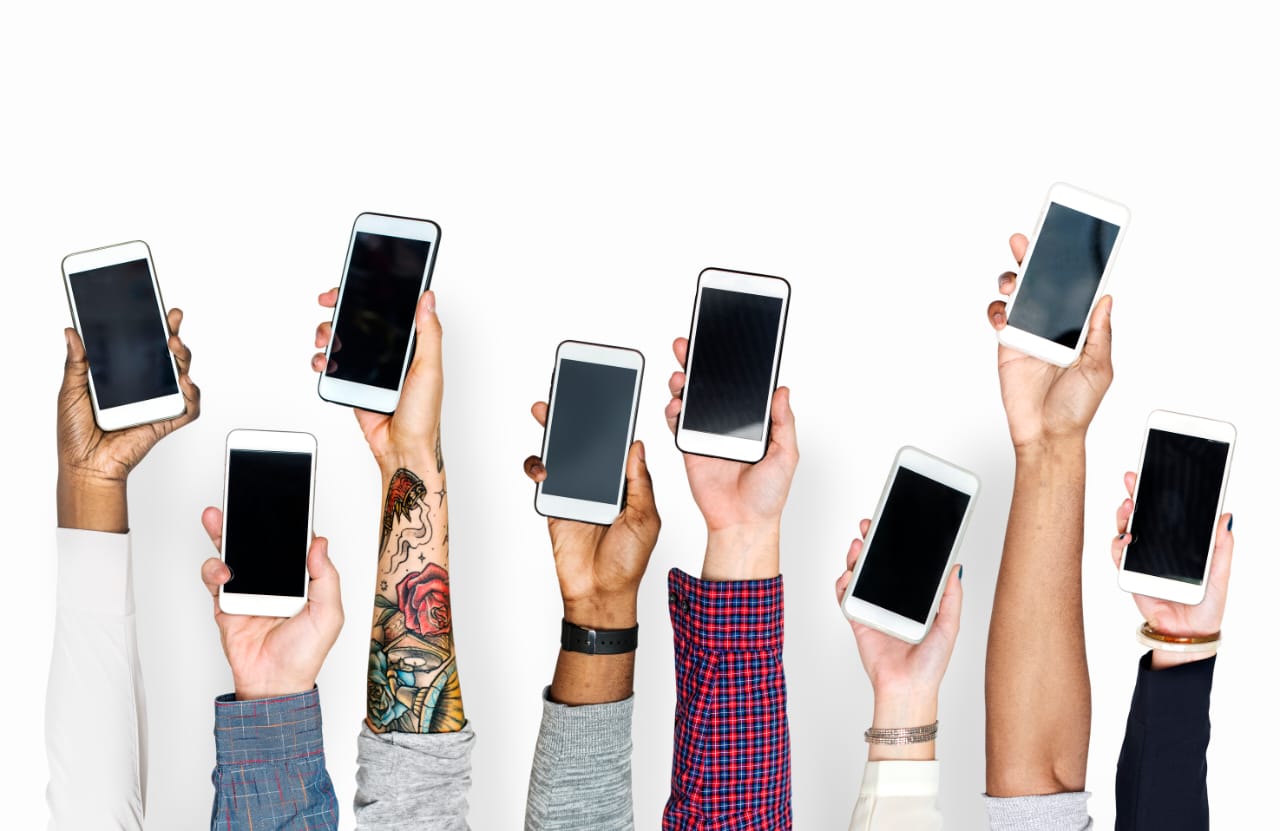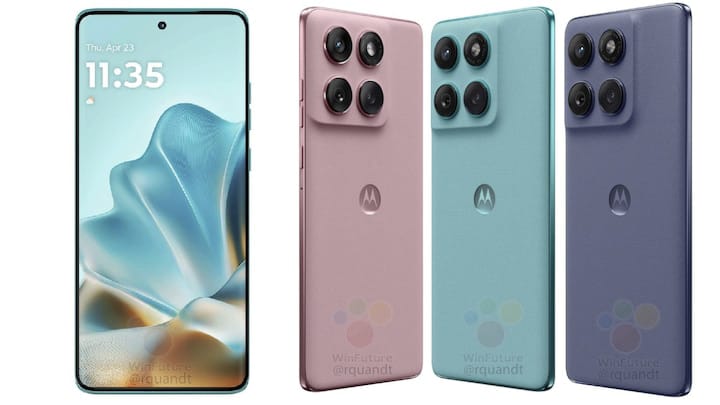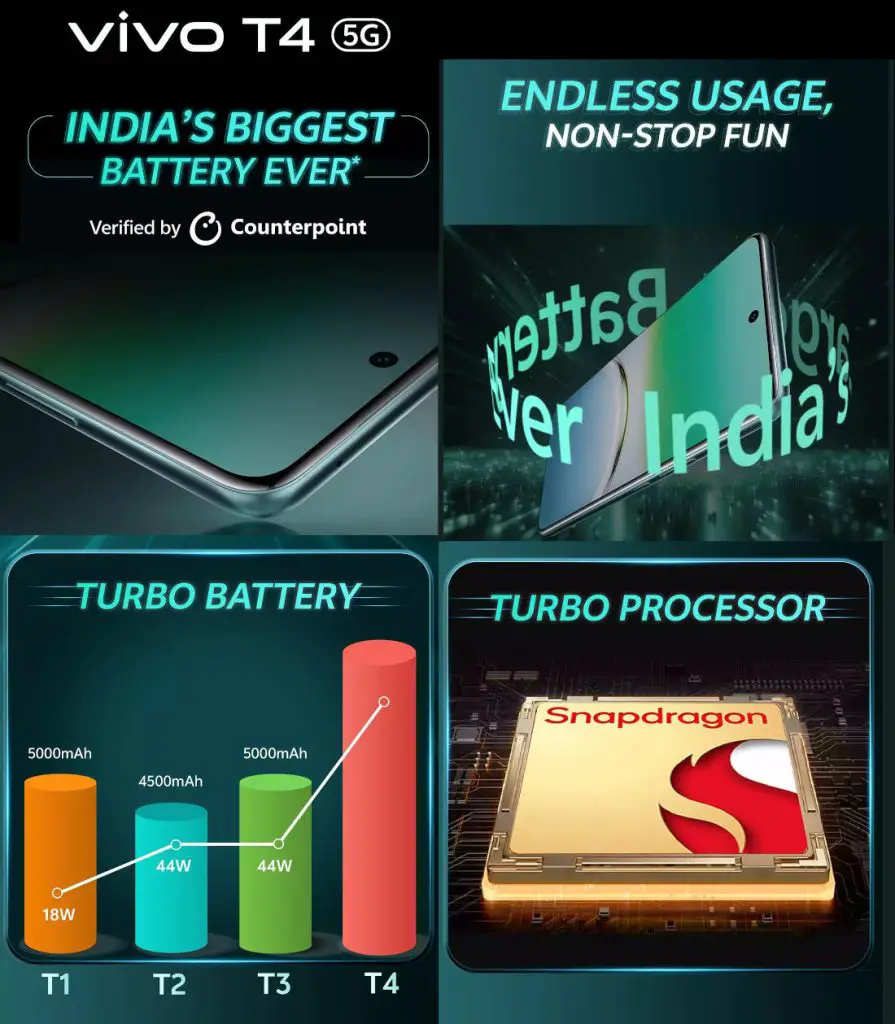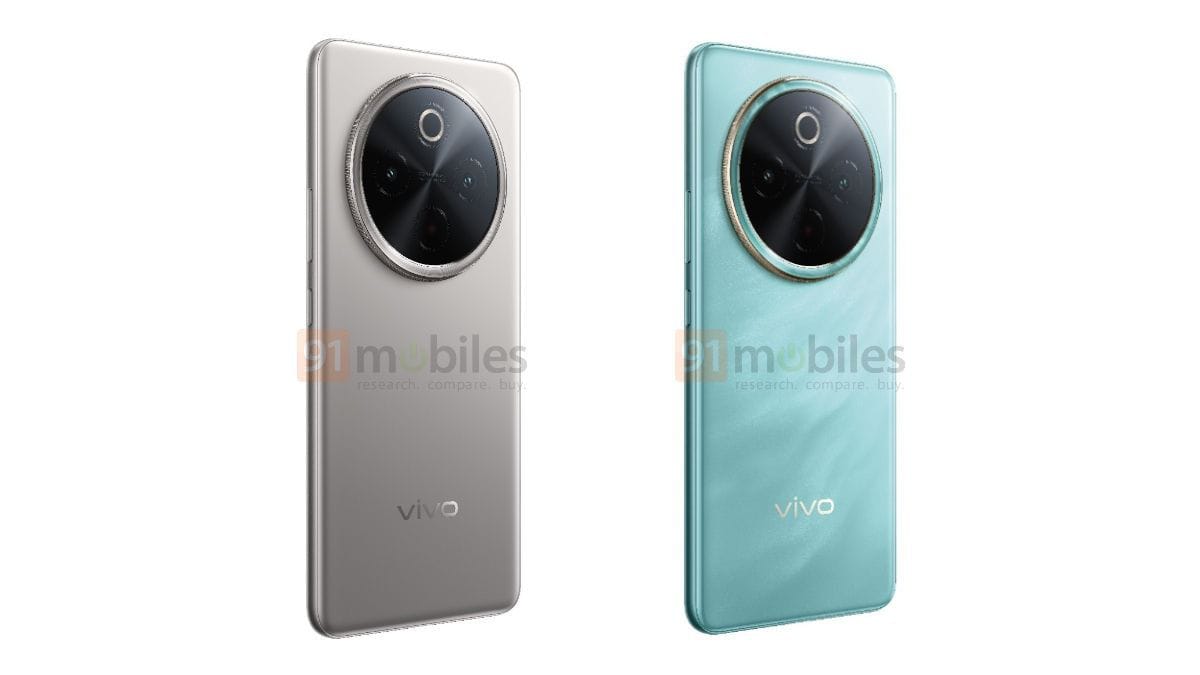Choosing a cell phone today is a complex process that involves researching mobile devices, manufacturers, carriers, available features and package plans. It can seem overwhelming to the uninitiated. Yet, with a little primping, nearly everyone can manage to make a smart and informed decision on their next device.
Mobile Phone Devices
There are many different-differnen types, styles and various types of models of mobile phones available on the market today in whole world. They range from smartphones and PDAs to camera phones and multimedia phones with touchscreens, with much overlap between them.
All standard-sized phones come in flip, slider, and candy bar types, like the Motorola RAZR and the Samsung Upstage, which are just ordinary multimedia devices. They allow you to download music and ring tones, watch television and videos, and send multimedia messages, thus providing wide coverage of entertainment and communication features. And often, they are also camera phones, allowing their owners to take photos and shoot video. More than half of all cell phones sold today have a built-in camera, making mobile phones a candidate to one day become fully digital cameras.
Smartphones, such as the Research In Motion (RIM) BlackBerry, Motorola Q, Nokia N series and Palm Treo, are devices that offer computing capabilities in addition to traditional mobile phone functions. A smartphone is the development of the PDA, with native operating system able to let users install different applications, supports a QWERTY keyboard, with more advanced functions, such as an email and instant messaging capabilities, web browsing, office applications, and desktop synchronisation. It usually comes with expandable memory. In 2007 over 115 million such devices were shipped worldwide. The growth of this smartphone market has been very rapid as a flexible tool for work and personal use.
The lines of demarcation between types of mobile phones are becoming increasingly amorphous, as hybrid phones now offer crossovers in form and functionality. The T-Mobile Sidekick is a camera phone built with a piece of an MP3 player. It has all features of games, e-mail, instant messaging, and a mini SD memory slot, with a full QWERTY keyboard that allows for easy typing. It is an integration of entertainment and communication in a compact multifunction device.The sleek BlackBerry Pearl looks like a typical bar phone, but this compact model offers smartphone functionality, including Web access, e-mail and expandable memory. In short, cell phones are offering much more functionality than mere voice capabilities at this point, and the size and shape of a phone are no longer an indication of its capability.
Another phone that could be considered a hybrid is a touchscreen smartphone, such as the HTC Touch, which lets users interact with the device by touching the screen or using a stylus. The most recognizable touchscreen mobile device by far is the iPhone. Described by Forrester analysts as the “mobile Web killer,” the iPhone renders entire Web pages through its Safari browser rather than the simplified one created for the mobile Web. It gives iPhone users the full browser experience of the desktop Web, rather than having to deal with bare-bones Web pages that have to be viewed over the portable Internet. This multimedia phone sold more than half a million devices during its opening weekend. Yet among enthusiasts, there were criticisms of the device’s shortcomings, including slow Web connections through AT&T’s Edge network, which is not 3G technology; no initial Microsoft Exchange support; and lack of compatibility with Flash technologies and Java technologies.
Mobile Phone Manufacturers
Mobile phone manufacturers strive to offer consumers a wide variety of devices and are in constant competition to outdo one another. The current global market leader is the Finnish Nokia Corporation, which shipped a total of 60.3 million smartphones in 2007. But there are several other major contenders, including Sony Ericsson Company, which is a partnership between Sony Corporation of Japan and Swedish Ericsson Telecommunications Company. The two decided to make their own mobile phones and teamed up, combining an electronics expertise, one reminiscent of an ’80s Reese’s Peanut Butter Cups advertising campaign, the other a communications expertise.
RIM, the Canadian company Research In Motion, best known for producing the BlackBerry, is one of the largest mobile device manufacturers on the market. Other competitors in the mobile phone market include Illinois-based Motorola, Inc., made famous by its often-imitated RAZR phone; Samsung and LG, both companies from South Korea; and more recently, Apple. Although Apple’s iPhone launched late in the year and in a limited number of countries, it managed to match Motorola for third place in the global market in the fourth quarter of 2007.
According to a January 2008 AdMob Metrics report, which seeks to identify trends in the smartphone market by ad impressions served on mobile phones, the top device manufacturers worldwide included Nokia, Motorola, and Sony Ericsson, respectively.
Operating Systems
One of the major reasons application development for mobile devices is such a difficult task is the dizzying number of operating systems found on today’s phones. There are currently 30 to 40 mobile operating systems available, and device manufacturers may choose to use several of them in their product lines. From this enormous crowd emerge a handful of platforms that can be found on most devices. The Symbian operating system is owned by a consortium of mobile device manufacturers, including Nokia Sony Ericsson, Samsung, Siemens AG, and Panasonic. It now runs on more than 200 million phones around the world to act as a hub for location-based services, digital TV, advanced camera features, VoIP, push email, and syncing. All these features expand mobile functionality into a more holistic solution for communication, entertainment, and productivity. Its flexible framework, hence, supports various latest technologies to meet modern smartphone user needs. The Symbian platform can be found on Nokia phones as well as Motorola, LG, and Samsung devices.
Microsoft Windows Mobile can be found on more than 35 million mobile phones worldwide, including those from Motorola, Samsung, Sony Ericsson and Palm. We can also see Windows Mobile on the T-Mobile Sidekick before long, as Microsoft bought the Sidekick’s maker, Danger, in early 2008. The popular OS features e-mail, Windows Media Player, Microsoft Office Mobile, Bluetooth and GPS support.
RIM’s BlackBerry operating system is a proprietary platform designed specifically for the manufacturer’s devices. It offers support for side thumbwheels, Microsoft Exchange Server e-mail and synchronization with Lotus Notes.
Google has organized a consortium called the Open Handset Alliance, an initiative made up of major manufacturers, operators and software companies to develop open standards for mobile phones. Major players such as Motorola, T-Mobile, Sprint Nextel, NTT DoCoMo, LG and Samsung have all signed on. They are working on Android, an OS that is based on Linux to create a mobile operating system. The OS of Linux has primarily been used in the markets of China and Japan. Linux has powered phones from Motorola. Android will mean to improve the smartphone experience for all across the globe.A consortium called LiMo has recently been formed with the mission to co-develop a Linux-based platform for mobile phones, which seems to be a direct response to the Google-driven initiative. LiMo has remarkable device makers and mobile carriers in its members such as Motorola, Samsung, NTT DoCoMo, Vodafone and LG. The LiMo is managing to have contact with different organizations towards the development of an open, Linux-based platform for mobile devices, which expands innovation within the industry. It is interesting to note that some of the same companies have attached themselves to both ventures, and it is not yet clear what their primary motivation may be.
Other operating systems to be aware of in the market are Palm OS, which can be found running on many of the company’s Treo devices. It comes standard with applications such as address book, calculator, date book, expense program, memo pad, to-do list and syncing capabilities. The iPhone comes with an edition of Mac OS X where Safari browser, iPod support, as well as applications like Weather, Calendar, Calculator, Notes, and iTunes come preloaded with such essential tools and entertainment features into a streamlined mobile experience developed on top of the desktop operating system foundation.
Mobile Phone Carriers
There are hundreds of mobile phone operators, or “carriers,” around the world, but five major competitors dominate the U.S. market: Sprint Nextel, AT&T Wireless, Verizon Wireless, T-Mobile, and Alltel. And a full 70% of cell phone customers get their services from just three of those companies.
Read Also:
- Introduction To Mobile Phones
- Role Of Ayurveda In The Management Of Mobile Phone Radiation Exposure
- Mobile Phone Radiations and Its Impact on Birds, Animals and Human Beings
- Concept and History of Mobile Phones
- Effect Of Mobile Phone Radiation On Human Brain








Leave a Reply